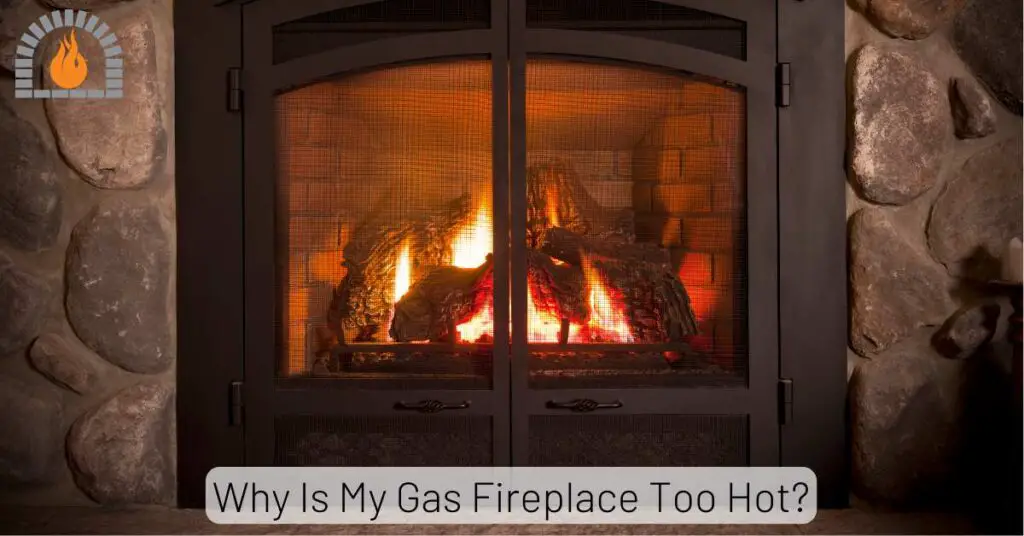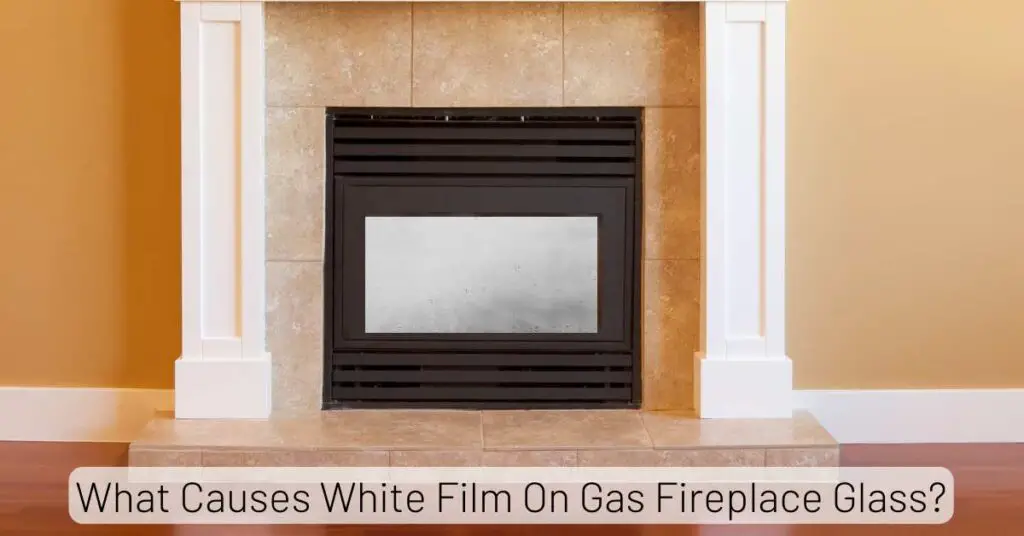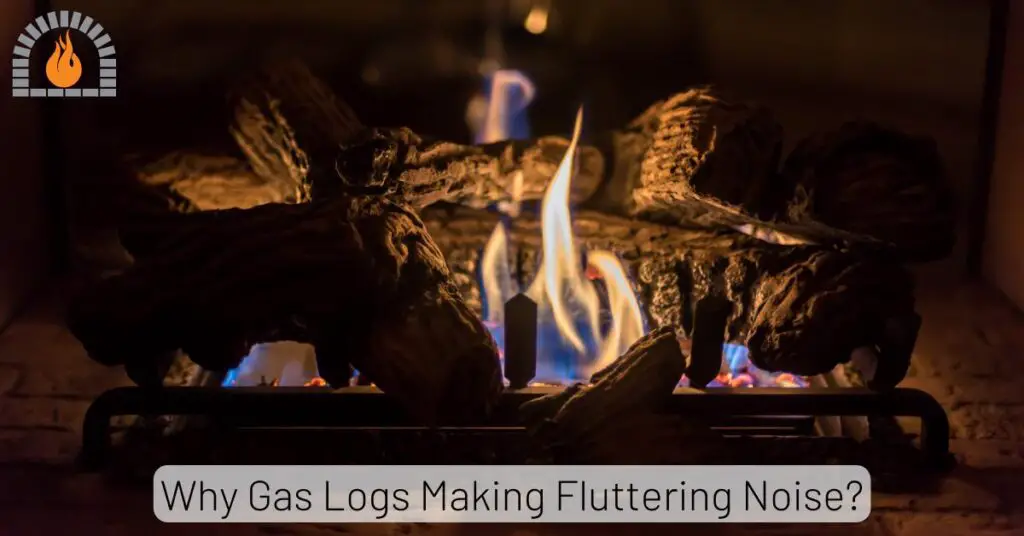As the crisp winds of autumn herald the arrival of cozy evenings indoors, the allure of a warm and inviting gas fireplace becomes undeniable. Whether you rely on it for ambience, supplemental heating, or both, your gas fireplace is a focal point of comfort during the colder months. However, regular maintenance is paramount to ensure its optimal performance and safety.
Overview
Gas fireplace annual maintenance involves a series of tasks to address potential issues, such as cleaning the burners and logs to enhance efficiency, inspecting and tightening connections to prevent gas leaks, and checking the ignition system for proper functioning.
Importance of Gas Fireplace Annual Maintenance
Annual maintenance for gas fireplaces is essential for several reasons: ensuring the appliance’s safety, efficiency, and longevity. Here are some key reasons why regular maintenance is necessary:
-
Safety: Identifies and addresses potential safety hazards.
-
Efficiency: Enhances heat output and reduces energy consumption.
-
Prevention of Carbon Monoxide Leaks: Checks for blockages, ensures proper ventilation, and prevents CO leaks.
-
Prolonged Appliance Life: Prevents premature wear and tear on components.
-
Optimal Performance: Ensures burners, ignition systems, and thermostats work effectively.
-
Manufacturer Warranty Compliance: Annual maintenance may be required to keep the warranty valid.
-
Reduced Repair Costs: Addresses minor issues before they escalate.
-
Compliance with Local Codes: Meets safety standards and local regulations.
-
Improved Aesthetics: Cleaning enhances the visual appeal of the fireplace.
-
Peace of Mind: Regular inspections provide confidence in safety and performance.
Gas Fireplace Annual Maintenance Guide
- Safety First: Preparing for Maintenance
- Cleaning the Exterior
- Inspecting and Cleaning the Glass
- Checking and Cleaning the Burner
- Examining the Pilot Light and Ignition System
- Inspecting the Gas Lines and Connections
- Cleaning the Interior and Venting System
- Assessing the Thermocouple and Thermopile
- Reassembling and Testing
1. Safety First: Preparing for Maintenance:
Safety is non-negotiable when dealing with gas appliances. Begin by turning off the gas supply and cooling the fireplace entirely.
Ensure proper ventilation in the room to prevent gas buildup. Safety glasses and gloves are essential gear for this task.
2. Cleaning the Exterior
Start with the visible components. Use a soft cloth to wipe down the exterior surfaces of the fireplace gently. For stubborn stains, a mild soap solution can be employed.
Avoid abrasive cleaners to prevent damage to the finish.
3. Inspecting and Cleaning the Glass
The glass front not only adds aesthetic appeal but also protects against drafts.
Inspect for any cracks or discoloration.
Clean the fireplace glass with a specialized fireplace glass cleaner, ensuring a streak-free finish.
4. Checking and Cleaning the Burner
The burner is the heart of your gas fireplace. Remove logs or decorative elements to access it.
Inspect for debris, dust, or soot accumulation.
Use a soft brush or compressed air to clean the burner ports thoroughly.
5. Examining the Pilot Light and Ignition System:
A reliable ignition system is crucial for seamless operation.
Check the pilot light for a steady blue flame.
Consult your manufacturer’s manual for adjustment instructions if it appears weak or flickering. Ensure the ignition system is free from dirt and debris.
6. Inspecting the Gas Lines and Connections:
Leaks in gas lines can pose significant risks.
Inspect the gas lines and connections visually for any signs of wear, corrosion, or leaks. If you detect any issues, contact a qualified technician for repairs.
7. Cleaning the Interior and Venting System
Remove the logs and clean the interior of the fireplace. Inspect the venting system for obstructions, such as bird nests or debris. A vacuum with a nozzle attachment can be helpful for this task.
8. Assessing the Thermocouple and Thermopile
These components play a crucial role in maintaining a consistent flame.
Check for any soot buildup on the thermocouple and thermopile. Gently clean them using a soft cloth.
9. Reassembling and Testing:
After completing the maintenance steps, carefully reassemble the fireplace components. Turn on the gas supply and test the ignition and flame patterns.
Ensure everything operates smoothly before settling in for a warm, worry-free experience.
Gas Fireplace Annual Maintenance Cost
The annual maintenance cost for a gas fireplace can vary based on several factors, including the location, the service provider, and the specific requirements of your fireplace.
Here are some general considerations regarding the potential costs associated with gas fireplace annual maintenance:
- DIY vs. Professional Service:
- The cost may be minimal if you perform some basic maintenance tasks, such as cleaning the glass and checking for visible issues. However, hiring a professional technician for a thorough inspection and maintenance will likely incur a service fee.
- Service Fees:
- Professional service fees, including a technician’s time, travel expenses, and any additional charges for specific services performed, can vary. On average, service fees can range from $100 to $300 or more.
- Replacement Parts:
- If any gas fireplace components need replacement, such as thermocouples, pilot lights, or ignition systems, there will be additional costs for parts and labor. The cost of replacement parts can vary widely.
- Chimney Cleaning:
- If your gas fireplace is vented through a chimney, a chimney cleaning may be necessary. Chimney cleaning costs typically range from $100 to $300, depending on factors like creosote buildup and the chimney’s accessibility.
- Gas Line Inspection:
- Some maintenance services may include thoroughly inspecting the gas line leading to the fireplace. If issues are found, repairs may be needed, incurring additional costs.
- Location and Market Rates:
- The cost of services can vary based on your location and the prevailing market rates for fireplace maintenance in your area.
- Additional Services:
- Some providers offer additional services, such as gas leak detection or carbon monoxide testing, which may contribute to the overall cost.
Who Inspects Gas Fireplaces?
Inspecting gas fireplaces is typically conducted by qualified professionals, such as certified chimney sweeps or HVAC (heating, ventilation, and air conditioning) technicians. These individuals have the necessary expertise to assess the safety and functionality of gas fireplaces.
How Often Do You Need to Service a Gas Fireplace?
A gas fireplace should be serviced at least once a year, preferably before the heating season begins.
Final Thoughts: Gas Fireplace Annual Maintenance
Regular gas fireplace maintenance is not just a chore; it’s a responsibility to ensure safety, efficiency, and longevity. By dedicating time to these simple yet crucial tasks, you’re preserving the charm of your hearth and fostering a comfortable and secure home environment.
Embrace the warmth, knowing your gas fireplace is operating at its best, ready to provide solace during chilly evenings.
Affiliate Disclosure: Fireplaceadviser.com is a participant in the Amazon Services LLC Associates Program. We may earn a commission when you click on certain links on this site and purchase.

Hello!! I am Jamal Khan. I often fix my home electric heaters and gas stove problems and research the common issues in the heating units to improve my knowledge and expertise. The aim of establishing fireplaceadviser.com is to share my expertise and knowledge with my audience.












